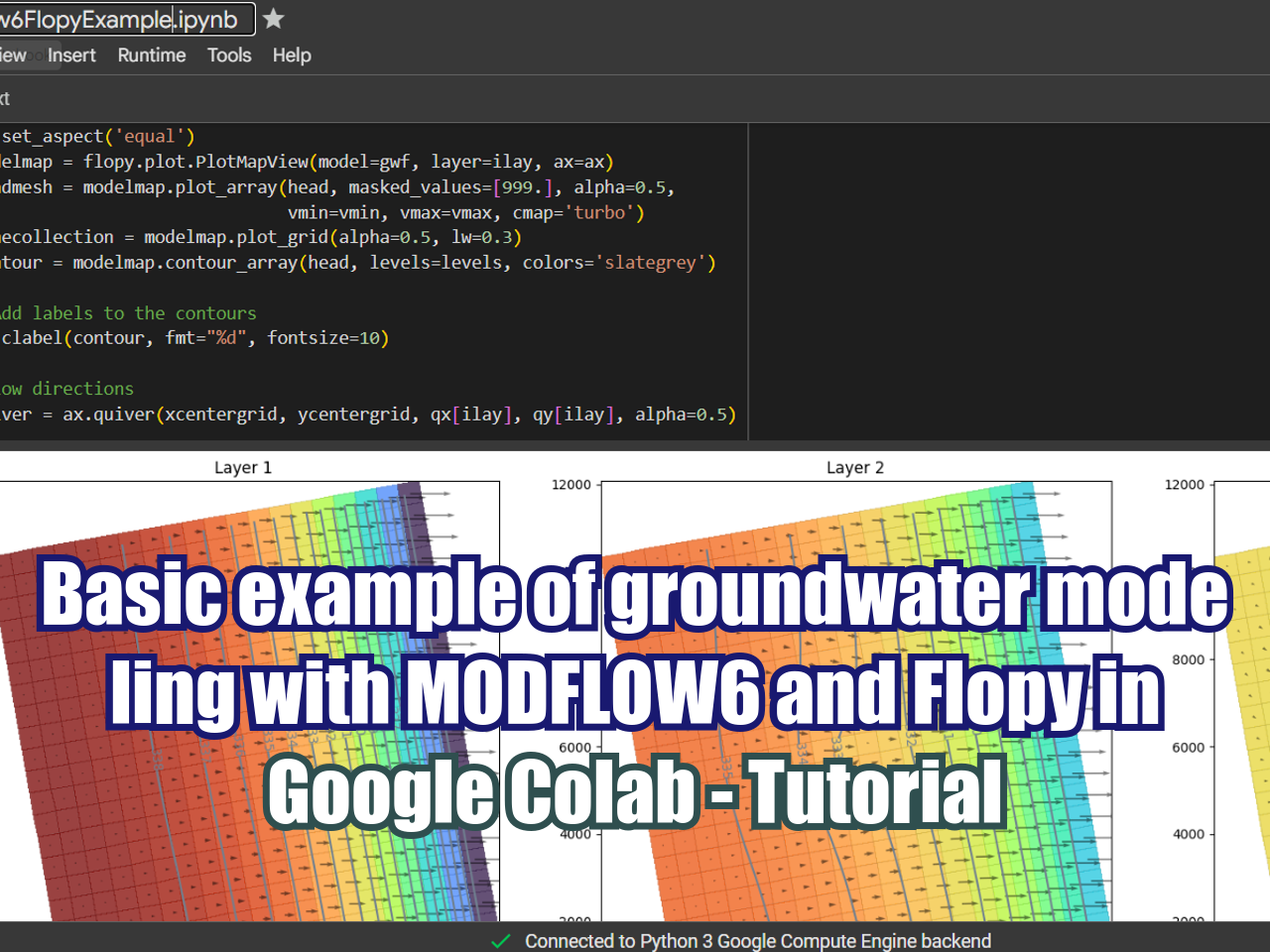VOCs and PFAs Interactive Spatiotemporal Representation with Python and Folium - Tutorial
/Analysis of groundwater chemistry is a difficult task for the limited set of monitoring samples, the limited samples and the limited analized components. In order to assess the actual extension of a contamination plume or the efficiency of remediation techniques we need new and innovative methods to plot and analyze water chemistry data with open source data. We have done an applied case of interactive VOCs and PFAs representation on a Jupyter notebook with Python, Folium and Ipywidgets. The dataset has more than 3300 samples of 127 points over a period of 30 years and corresponds to a contaminated site of a former airfield.
Read More























